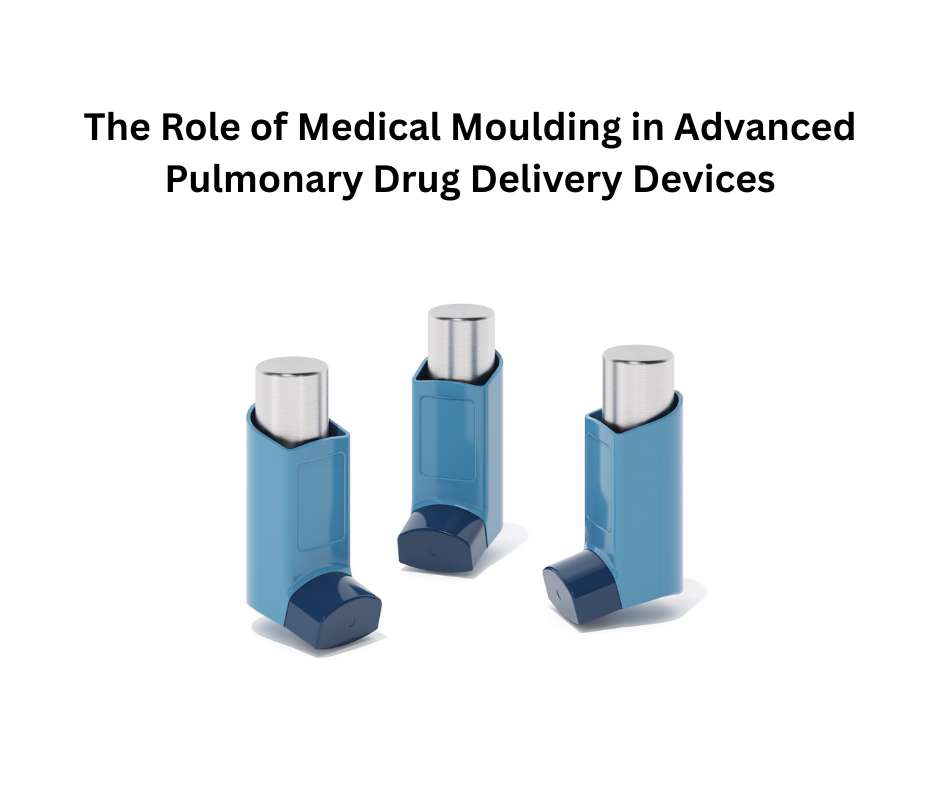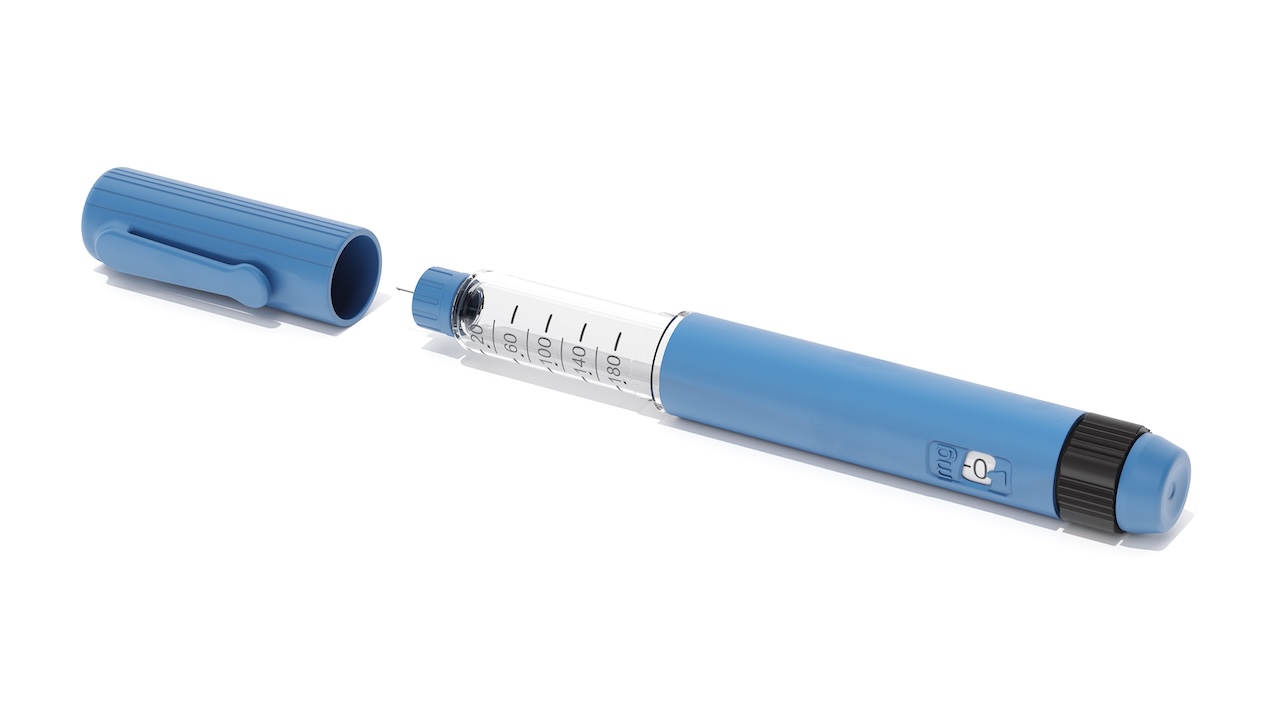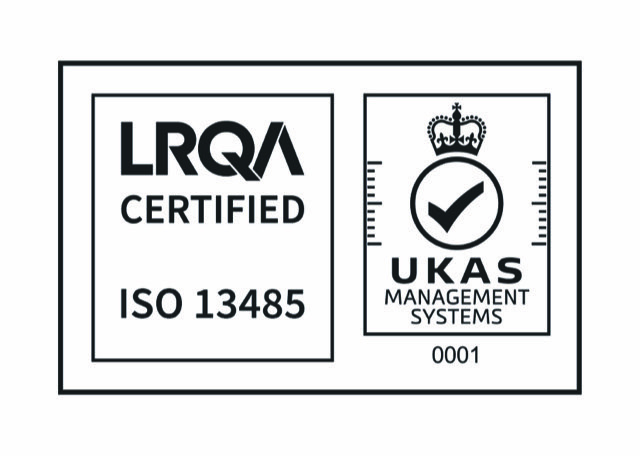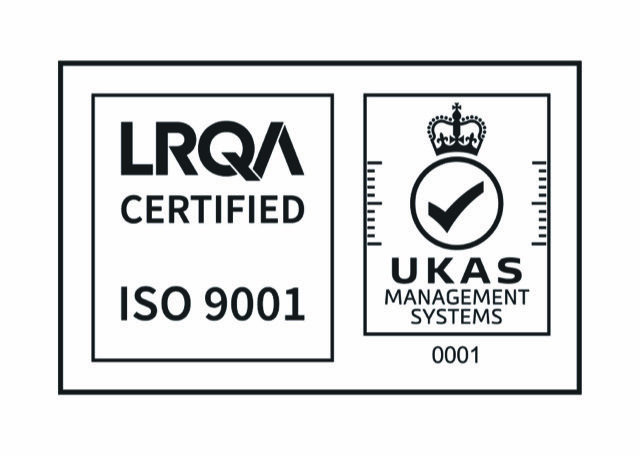What’s next for targeted Drug Delivery to the Lungs in 2026 and beyond
1. Introduction: The future of targeted Drug Delivery to the Lungs
Targeted drug delivery to the lungs is transforming how respiratory and systemic diseases are treated. By directing therapies precisely to diseased regions of the lung, these technologies improve drug bioavailability and reduce systemic side effects. As we approach 2026, major breakthroughs in inhalable biologics, nanoparticle systems, and smart inhalers are driving a new era in pulmonary therapeutics (Zhang et al., 2025; Patel & Singh, 2024).
Advances in aerosol formulation, AI-based modelling, and eco-friendly inhalers are making the future of pulmonary drug delivery more precise, sustainable, and patient-centric.
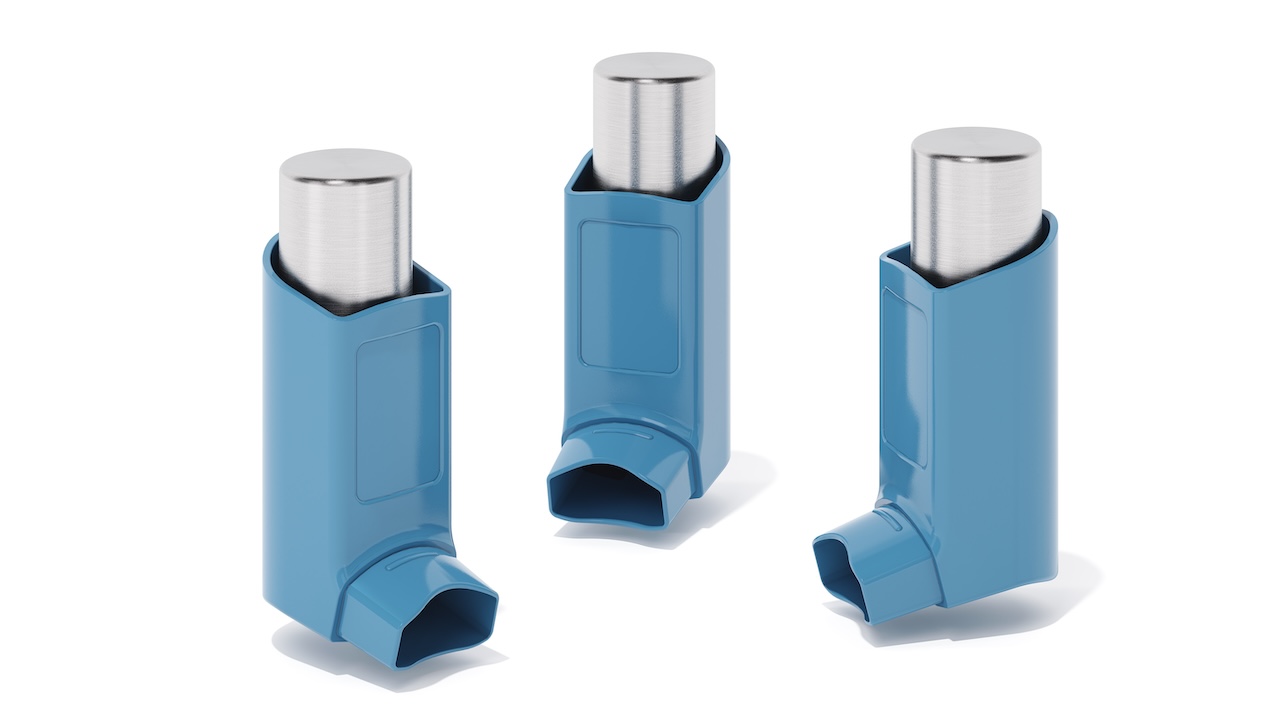
2. Emerging trends in Pulmonary Drug Delivery
2.1 Rise of Inhalable Biologics and Nucleic Acid Therapies
Inhalable biologics, including monoclonal antibodies, enzymes, and mRNA-based drugs, are redefining targeted lung therapy. Formulations using lipid nanoparticles (LNPs) improve aerosol stability, protect delicate RNA molecules, and enhance tissue penetration (Li et al., 2025). These inhalable biologics could revolutionise treatments for chronic lung diseases such as asthma, COPD, cystic fibrosis, and pulmonary fibrosis (Kumar et al., 2024).
2.2 Nanocarriers for precision and receptor-mediated targeting
Modern nanoparticle inhalation systems enable site-specific deposition within the lungs. Functionalised nanoparticles can target overexpressed receptors in diseased tissue (Ahmed & Liu, 2024), while stimuli-responsive nanocarriers react to oxidative stress or pH changes, releasing the drug only at inflamed sites (Chen et al., 2025). This “smart” design enhances efficacy while reducing toxicity, a key factor in the next generation of targeted pulmonary nanomedicine.
2.3 Smart inhalers and digital Drug Delivery Devices
Smart inhalers are merging digital health and drug delivery. These connected devices record dose timing, monitor airflow, and provide AI-based adherence feedback (Davies et al., 2025).
By 2027, smart inhalers integrated with cloud analytics could personalise treatment schedules, improving adherence and treatment outcomes (European Pharmaceutical Review, 2025).
2.4 AI and modelling for optimised drug deposition
Artificial intelligence and computational lung models predict aerosol flow and deposition with unprecedented precision (Nguyen et al., 2024). Machine learning helps researchers identify optimal polymer and lipid carrier compositions for inhaled formulations (Patel & Singh, 2024). This data-driven approach accelerates formulation development and reduces experimental waste, aligning science with sustainability.
3. Forecast: Breakthroughs in targeted Drug Delivery to the Lungs (2026–2030)
Inhalable mRNA Therapeutics: Advanced LNPs will enable safe aerosolisation and targeted mRNA delivery for diseases such as cystic fibrosis and lung cancer (Li et al., 2025).
Inhaled antibodies and nanobodies: Clinical trials suggest that by 2028, inhalable antibody drugs will emerge for respiratory viral infections and severe asthma (Zhang et al., 2025).
Smart nanocarriers: Stimuli-responsive nanoparticles releasing drugs only in inflamed lung tissue will enhance local efficacy (Chen et al., 2025).
Eco-friendly inhalers: Sustainable, propellant-free, or recyclable inhalers will become standard practice (Davies et al., 2025).
Theranostic nanoplatforms: Systems combining drug delivery and diagnostic imaging will enable real-time monitoring of lung drug distribution (Ahmed & Liu, 2024).
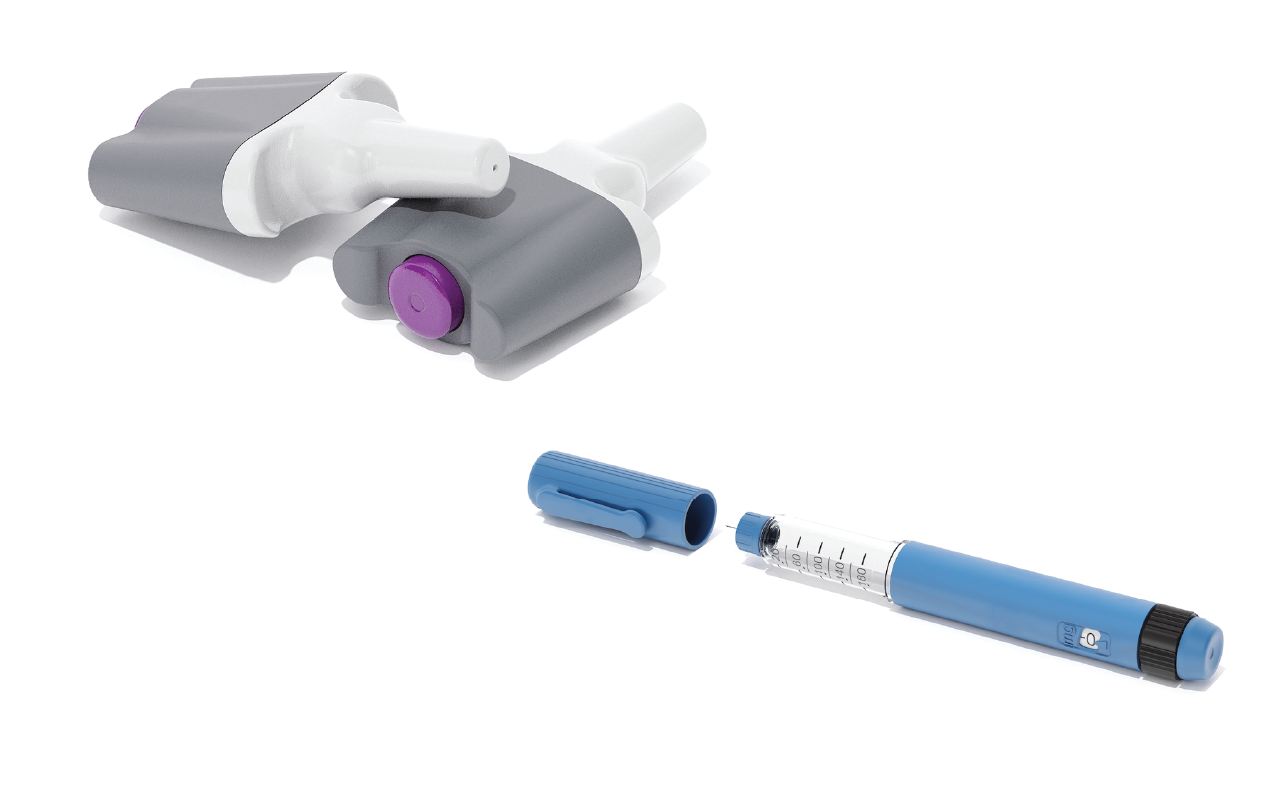
4. Key challenges in pulmonary nanomedicine
While the future of targeted lung delivery is promising, several technical and translational hurdles persist:
Biological barriers: Thick mucus, surfactant layers, and immune clearance reduce nanoparticle penetration (Kumar et al., 2024).
Formulation stability: Aerosolisation can degrade sensitive biologics and reduce drug potency (Zhang et al., 2025).
Safety and immunogenicity: Long-term inhalation of nanoparticles must be proven non-toxic (Li et al., 2025).
Patient adherence: Device design and user variability continue to affect dosing accuracy (Davies et al., 2025).
Regulatory pathways: Clear guidance for inhaled biologics is still evolving across regions (European Pharmaceutical Review, 2025).
5. Strategic roadmap for 2026 and beyond
Integrate human-relevant lung models: 3D organoids and ex vivo systems will bridge preclinical–clinical translation gaps (Nguyen et al., 2024).
Leverage AI in drug design: Predictive analytics will identify optimal carrier structures faster (Patel & Singh, 2024).
Regulatory harmonisation: Global alignment on inhaled biologic standards will accelerate clinical adoption (European Pharmaceutical Review, 2025).
Commit to sustainability: Green materials and biodegradable carriers will define next-generation sustainable inhalers (Davies et al., 2025).
Enhance patient personalisation: Device calibration and smart feedback systems will tailor delivery to individual lung physiology.
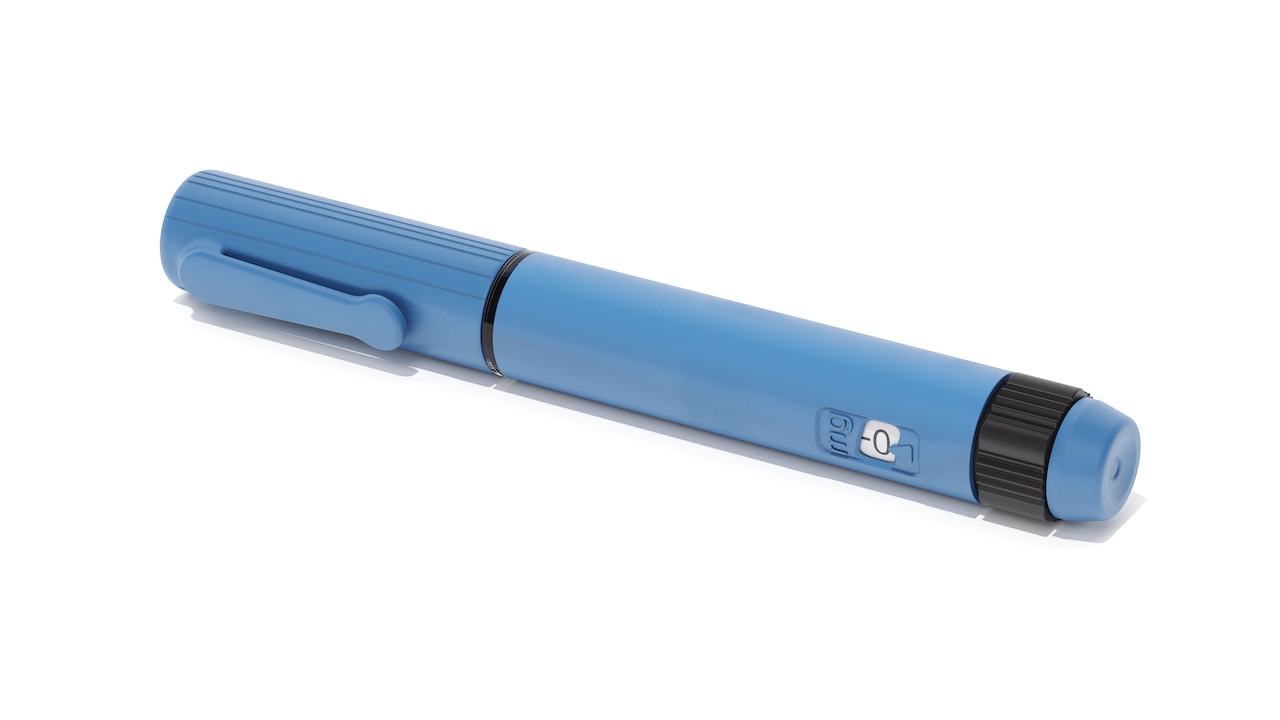
6. The next decade of targeted Drug Delivery to the Lungs
Between 2026 and 2030, targeted pulmonary drug delivery will enter a transformative phase. Inhalable mRNA therapies, receptor-targeted nanoparticles, and eco-friendly smart inhalers will define the field’s evolution. Integrating AI-driven design, sustainable technology, and personalised medicine will not only improve outcomes for patients but also reshape the respiratory drug delivery landscape worldwide.
The future of targeted lung drug delivery is clear: smarter, safer, and more sustainable.
Micro Systems is attending the Drug Delivery to the Lungs – DDL 2025 at Edinburgh International Conference Centre and Virtual, Edinburgh, 10 – 12 December 2025, Stand 112. Come visit us to talk to our experts about your Drug Delivery to the Lungs projects!
References
Ahmed, T. & Liu, Y. (2024). Nanocarrier-mediated targeting strategies for pulmonary drug delivery. Nanoscale Research Letters, 19(4), 112–130.
Chen, J. et al. (2025). Stimuli-responsive inhalable nanocarriers for smart lung drug delivery. Journal of Nanobiotechnology, 23(2), 78–95.
Davies, P. et al. (2025). Eco-friendly and intelligent inhaler systems for sustainable respiratory care. European Pharmaceutical Review, 30(1), 44–53.
European Pharmaceutical Review. (2025). Key trends and technologies in drug delivery for 2025 and beyond. [Online].
Kumar, R. et al. (2024). Challenges and opportunities in pulmonary nanomedicine. Advanced Drug Delivery Reviews, 210, 114–127.
Li, M. et al. (2025). Lipid nanoparticle design for inhaled mRNA delivery: challenges and opportunities. Biomaterials Science, 13(5), 2104–2123.
Nguyen, H. et al. (2024). AI-based prediction of aerosol deposition in diseased lungs. Computational Pharmacology, 6(3), 155–169.
Patel, D. & Singh, S. (2024). Machine learning for material selection in inhalable formulations. Drug Delivery and Translational Research, 14(2), 230–247.
Zhang, X. et al. (2025). Next-generation inhalable biologics: progress and regulatory considerations. Journal of Controlled Release, 373, 101–117.

